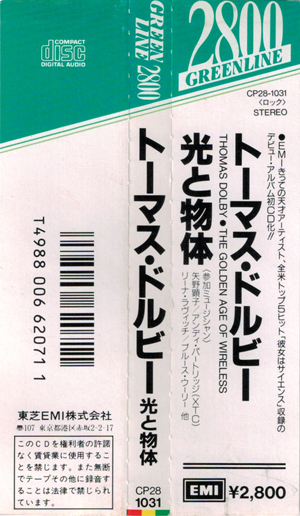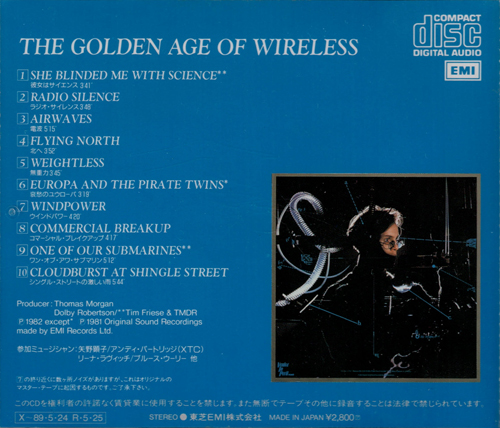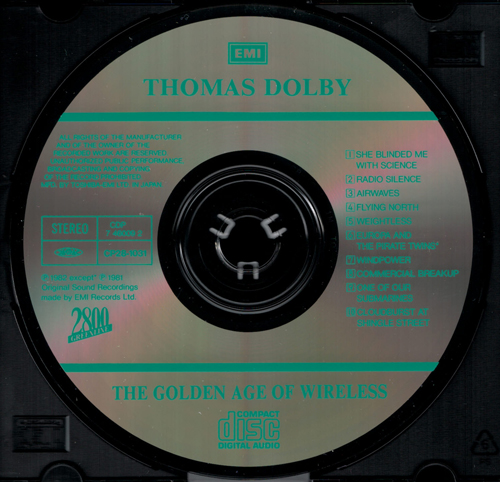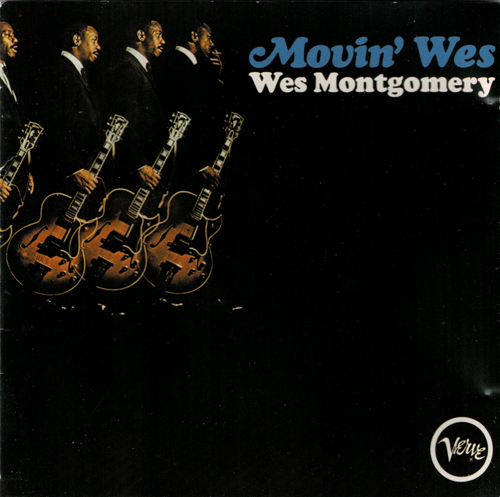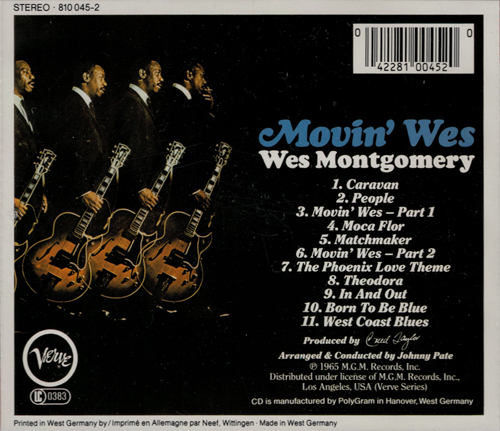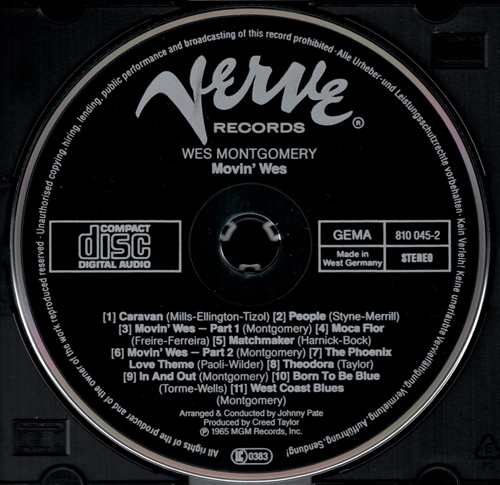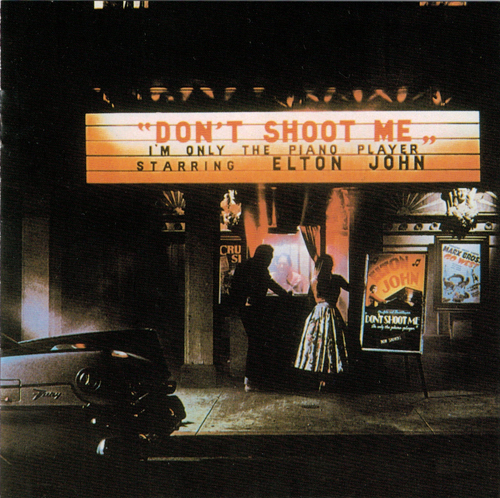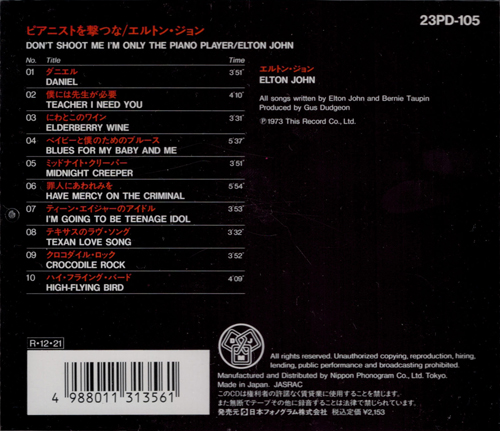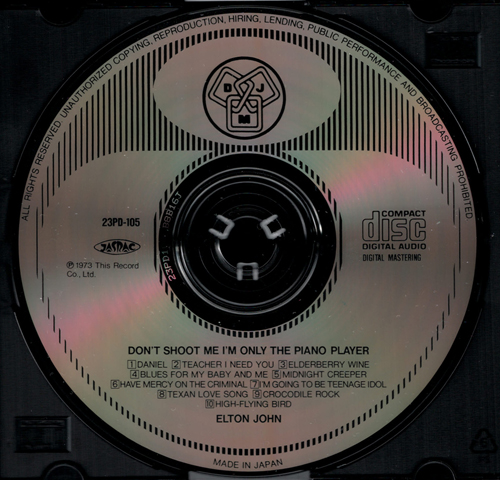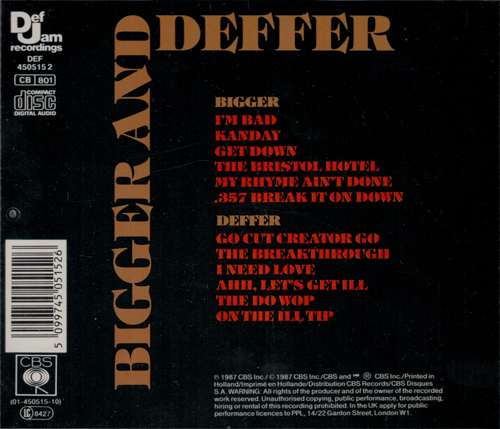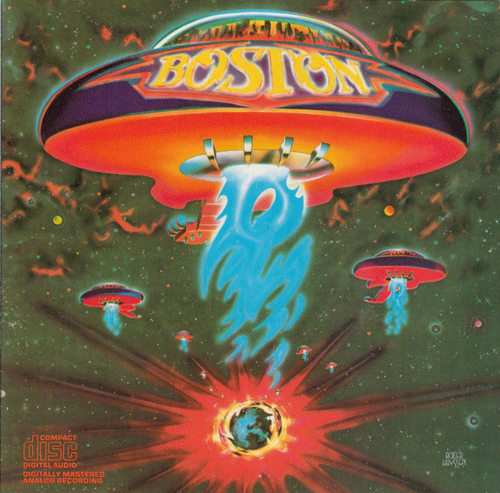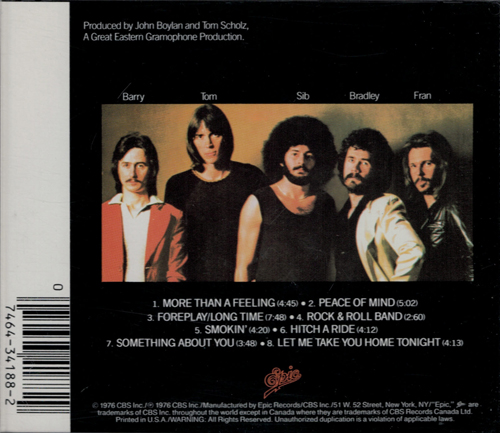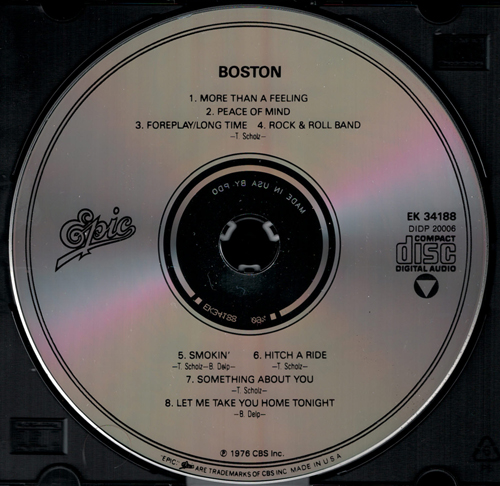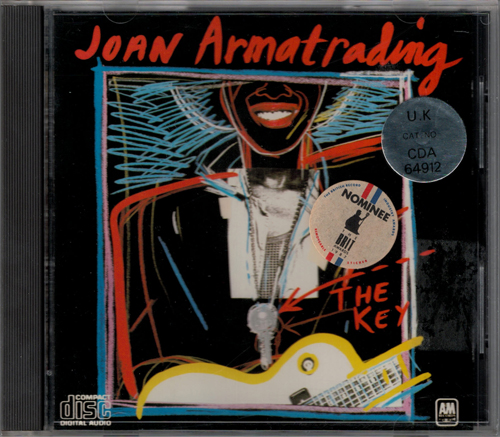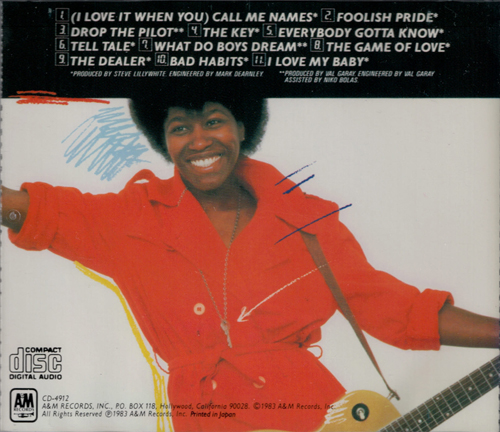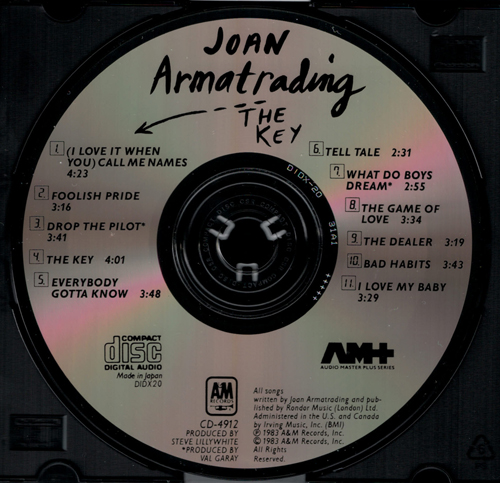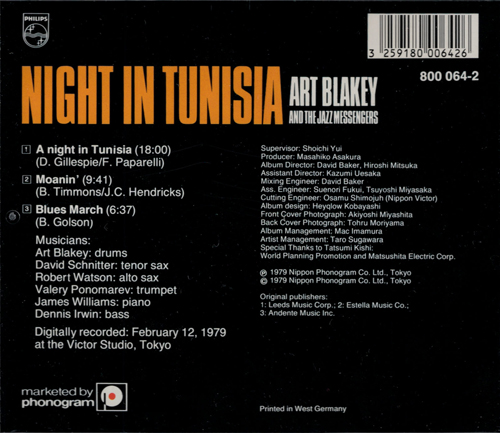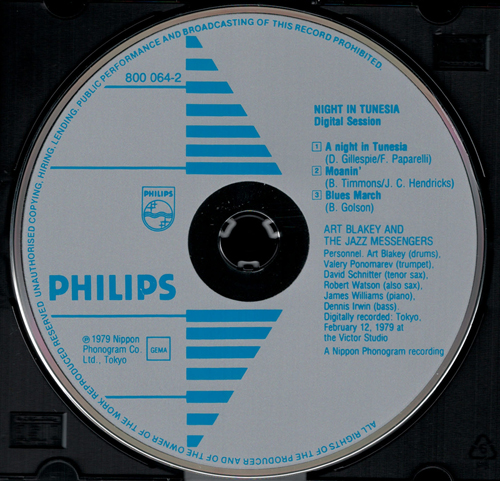doctor shopping for soma prescription Flashback — The Best of J. Geils Band">An early Canadian pressing of http___www.bigleaguekickball.com_category_press_ buy soma shipped ups Flashback — The Best of J. Geils Band
August 31st, 2019
A popular straight-up rock band in the 1970s and transitioning to a highly successful pop band in the ’80s, J. Geils Band fronted by Peter Wolf gave us many radio and then video hits. You know “Love Stinks” and “Centerfold”. Classics. Since we’re talking J. Geils Band, it seems fitting to consider a hits compilation.
In 1985, early in the CD era, EMI released the compilation Flashback — The Best of J. Geils Band on CD, LP, and cassette. The CD contains 10 songs covering the ’70 and ’80s periods. In the U.S., the CD appeared on the EMI America label under catalog number CDP 7 46551 2. Early copies were pressed by the U.S. DADC plant. We could review the DADC disc, but let’s instead look at something a bit different.
Here we consider an early Canadian pressing that was released in Canada and that also found its way to the U.S. at retail. It is a rare pressing from the early Canadian plant, Praxis. The disc has a typical stark U.S. EMI design of black text with no color coating. Praxis did however apply a unique look to the the disc thanks to their trademark wide mirror band at the center and a second mirror band at the outer edge (the “dead” space where there is no data, no music). The matrix code is “PRAXIS 00156-3 6551 SA0548”. “6551” is part of the Flashback catalog number (CDP 7 4 http___www.bigleaguekickball.com_about_ Soma No Prior Script Overnight 6551 2) and therefore associates this pressing with the compilation.
The disc states “MADE IN CANADA” at 3 o’clock. The booklet and back insert both state “Printed in U.S.A.”, but the back insert also shows “PRINTED IN CANADA”. It would seem the U.S. back insert was modified when it was produced north of the border.
Both the disc and inserts display project number “DIDX1166”. The DIDX number appears in the matrix code of early U.S. DADC pressings but was not used by Praxis.
Early Canadian pressings were generally produced in limited numbers compared to U.S. counterparts. As such, the Praxis pressing of Flashback is rather rare. Shown below is the cover and back insert for Flashback — The Best of J. Geils Band, along with the early Canadian Praxis pressing.
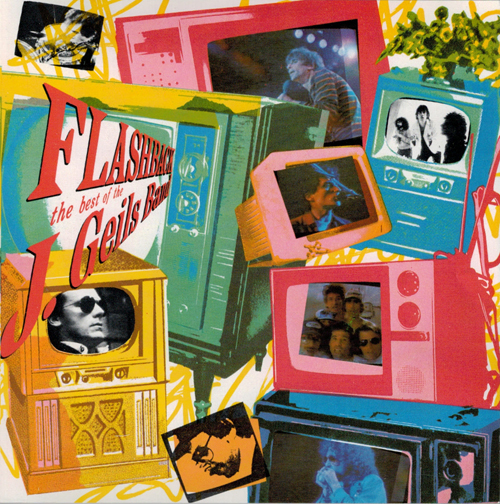
The cover for J. Geils Band Flashback — The Best of J. Geils Band (EMI America, catalog number CDP 7 46551 2). This is the standard cover artwork for this album.
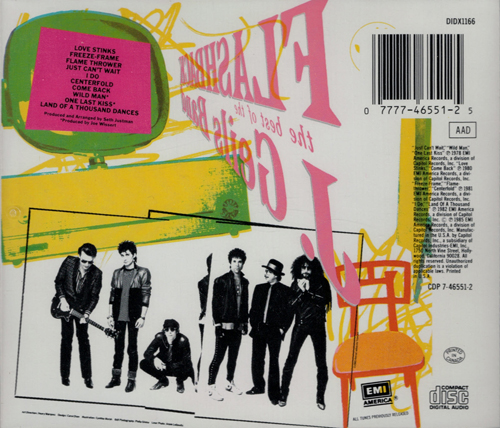
The back insert for J. Geils Band Flashback — The Best of J. Geils Band (EMI America, catalog number CDP 7 46551 2). Note that it states “Printed in U.S.A.” at the end of the paragraph on the right side and “PRINTED IN CANADA” in an oval in the bottom right corner. The U.S. insert appears to have been modified for production in Canada.
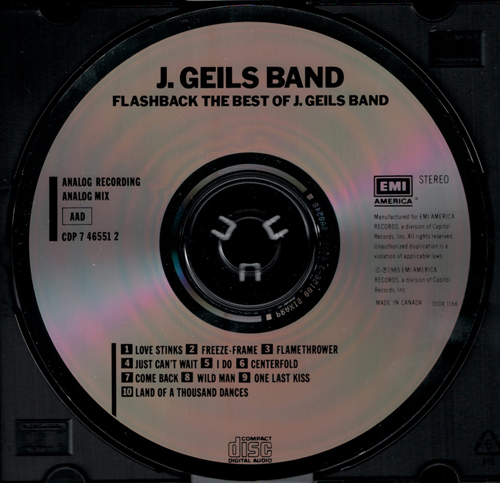
The Canadian Praxis pressing of J. Geils Band Flashback — The Best of J. Geils Band (EMI America, catalog number CDP 7 46551 2). Wide center and outer mirror bands are typical of Praxis pressings. The matrix code is “PRAXIS 00156-3 6551 SA0548”. “MADE IN CANADA” is printed at 3 o’clock.
